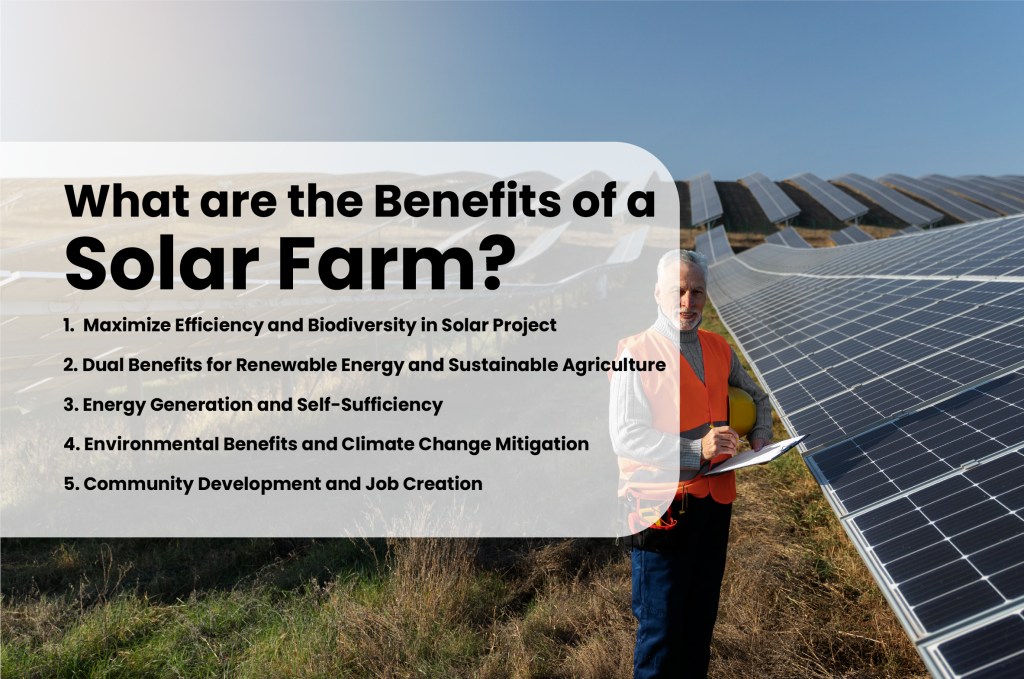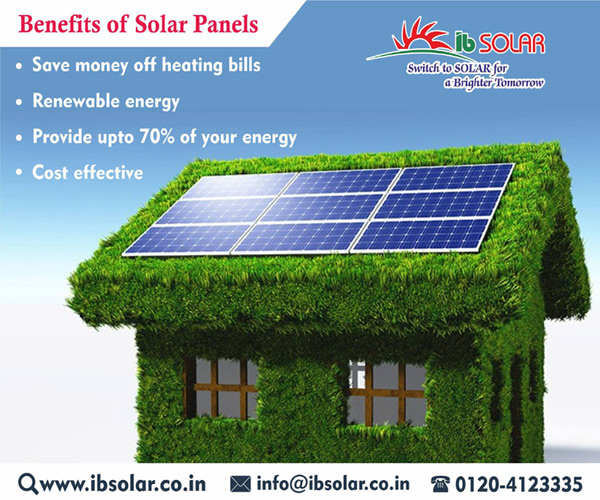Switch to Cost-Effective Clean Energy with Simply Solar Illinois
Switch to Cost-Effective Clean Energy with Simply Solar Illinois
Blog Article
Solar Energy 101: A Newbie's Overview to Sustainable Power Solutions
As the world significantly shifts towards lasting energy services, recognizing the fundamentals of solar power becomes necessary for both people and services. By discovering the advantages of solar technology, together with the monetary incentives and installment processes, one can acquire a clearer point of view on exactly how to properly incorporate this eco-friendly source into their energy strategy.
Understanding Solar Energy
At its core, comprehending solar power involves comprehending the essential principles of just how sunshine can be transformed into useful power. Solar energy is stemmed from the sunlight's radiation, which can be used through various technologies. The primary system for this conversion is the photovoltaic impact. This sensation takes place when sunshine strikes semiconductor materials, generally silicon-based, within solar cells. The energy from the sunlight delights electrons in the semiconductor, permitting them to stream easily and generate direct current (DC) electricity.

Recognizing solar power additionally entails acknowledging its environmental advantages. By using sunlight, we can alleviate greenhouse gas emissions and decrease air pollution, adding to a much more sustainable future. The developments in modern technology and efficiency of planetary systems remain to enhance their feasibility, making solar power a significantly appealing alternative for international power requirements.
Kinds of Solar Energy Solutions
Different sorts of solar power systems are commonly used to harness solar power for electricity generation. The main groups consist of photovoltaic (PV) systems, concentrating solar energy (CSP) systems, and solar thermal systems.
Photovoltaic systems utilize photovoltaic panels composed of silicon cells that transform sunshine straight right into electricity. These systems are flexible and can be set up on rooftops, ground mounts, or integrated right into building products.
Concentrating Solar Power systems, on the other hand, use mirrors or lenses to focus sunshine onto a little location, creating warm that drives a vapor generator to create electrical power - Simply Solar Illinois. CSP systems are commonly deployed in large nuclear power plant and require direct sunlight, making them less ideal for over cast regions

Each kind of solar energy system has its special characteristics, applications, and suitability relying on geographical place, energy demands, and budget plan, making it essential to review choices based on certain conditions. - Simply Solar Illinois

Benefits of Solar Power
Utilizing solar power through various systems not only provides a lasting find more way to produce electricity yet also provides a multitude of advantages. One of the most substantial benefits is the decrease in greenhouse gas emissions, adding to a cleaner setting and combating environment adjustment. Solar power is eco-friendly, meaning it is endless and readily available as long as the sunlight shines, unlike nonrenewable fuel sources, which are limited and depleting.
In addition, solar power can bring about significant expense financial savings with time. Homeowners and organizations can lower their electrical energy costs considerably, and in most cases, they might gain credits for excess power generated with web metering. Additionally, the solar sector creates jobs, from making to installation, boosting local economic situations.
One more engaging advantage is energy self-reliance. By producing their own electrical energy, people and communities can minimize reliance on external energy sources, boosting durability versus varying power prices and supply disturbances. Solar power systems call for very little maintenance, making them check out here a practical option for sustainable power generation.
Installment Process Summary
The installation process for solar power systems typically entails several key actions that ensure effective integration into a home. At first, an extensive site evaluation is carried out to evaluate the roofing system's orientation, shading, and architectural stability, which are vital to enhancing solar panel efficiency. Following this assessment, the style stage begins, where a customized solar power system is configured based upon the homeowner's power requirements and preferences.
As soon as the layout is settled, the necessary licenses and authorizations are gotten from neighborhood authorities, making sure compliance with laws. The actual installation involves mounting the solar panels on the roof covering or ground, connecting them to an inverter, and integrating the system with the residential or commercial property's electrical setup. This stage might additionally include installing battery storage systems, depending upon the design.
With the installment full, the solar energy system can start creating sustainable energy, contributing to sustainability and decreasing utility expenses. This structured method ensures that solar systems are both reliable and trustworthy, maximizing their lasting benefits.
Financial Incentives and Savings
Discovering the monetary motivations and savings related to solar power systems can dramatically improve the charm of making the switch to renewable resource. Various rewards exist at federal, state, and regional levels, created to lower the first expenses associated with solar setup. Among one of the most notable rewards is the government solar tax obligation credit history, which permits home owners to deduct a why not check here percent of their planetary system installment prices from their federal taxes. As of 2023, this credit rating stands at 30%, providing substantial financial savings.
In addition to tax credit scores, several states supply rebates that can further decrease in advance costs. Some utility business likewise provide performance-based motivations, rewarding solar power manufacturing over time. Financing options, such as solar lendings and leases, enable consumers to set up systems with little to no down repayment, making solar power much more easily accessible.

Long-term financial savings are another essential variable. By creating their very own electricity, property owners can substantially lower or perhaps eliminate their monthly power bills. In addition, solar systems can boost residential property values, supplying a strong return on financial investment. On the whole, the mix of motivations and financial savings makes solar power a financially eye-catching choice for many families.
Verdict
In final thought, solar power stands for a vital element of lasting energy options, giving a path toward decreased carbon footprints and boosted environmental security. Eventually, the shift to solar energy not just fosters environmental obligation yet additionally promotes financial cost savings and power freedom.
Report this page